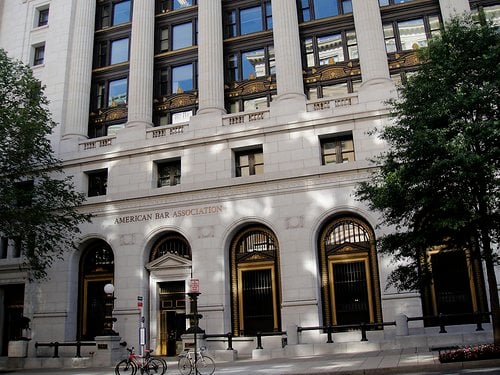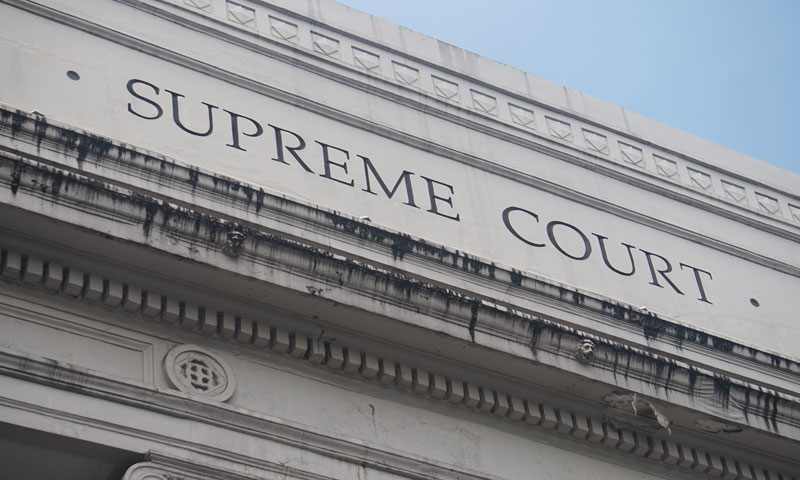
A compelling argument emerges in a recent publication from the Deborah L. Rhode Center on the Legal Profession at Stanford Law, prompting a reassessment of the roles and responsibilities assigned to state bar associations. At the heart of this discussion lies the assertion that bar associations, historically tasked with regulating who can offer legal services, are trapped in a fundamental conflict of interest. This stems from their dual role in safeguarding the interests of lawyers. The paper contends that this conflict stifles innovation and contributes to the increasing costs of legal services.
The Authors and Their Perspective
Co-authored by Lucy Ricca, the Executive Director of the Rhode Center, and Thomas Clarke, a former administrator with the National Center for State Courts, the paper introduces the notion of redistributing specific regulatory functions currently under the purview of bar associations. This reimagining of responsibilities aims to breathe new life into the legal landscape. It suggests a recalibration that would place bar associations at the forefront of lawyer oversight, thus clearing the path for innovative, non-traditional, and cost-effective legal service providers.
The Current Landscape
Presently, only a handful of U.S. states allow non-lawyer ownership of legal service providers and endorse the concept of “legal paraprofessionals.” These individuals are authorized to provide limited legal services, primarily to enhance access to justice, especially for those who cannot afford conventional legal representation. However, despite the escalating demand for accessible legal services, many state bar associations resist exploring alternative service delivery models.
Innovation Roadblocks
The white paper underscores a significant impediment to progress: the reluctance of bar associations in numerous states to embrace alternative models for delivering legal services. This reluctance, the paper contends, has impeded the broader objective of augmenting legal access for a more significant population segment.
Varied Responses
The reactions from state bar associations to these findings have been mixed. For instance, the State Bar of California chose not to comment on the report’s conclusions, while The Florida Bar remained silent in response to requests for commentary. These states, boasting substantial legal communities, are pivotal to the ongoing discourse surrounding the reform of legal practice regulation.
Don’t miss out on exciting legal job openings – sign up for LawCrossing today.
Pathways to Change
The paper thoughtfully outlines five distinct options for restructuring legal practice regulation to alleviate conflicts of interest within bar associations and spark innovation:
- Expanding Regulatory Authority: A less radical option suggests retaining state bar associations for regulation but expanding their scope to include legal paraprofessionals and other legal services entities.
- Legislative Oversight: A more substantial shift involves entrusting state lawmakers with regulating legal service providers. This would leave bar associations in charge of regulating lawyers or could necessitate the creation of entirely new entities to oversee non-lawyer legal services.
These proposals furnish a roadmap for redefining the roles of bar associations, unlocking innovation, and curbing the costs associated with legal services. In a world where the legal profession contends with evolving societal needs, the recommendations presented in this paper beckon a rigorous examination of the status quo. Their ultimate goal is to render legal services more accessible and affordable, promoting a more equitable legal landscape.
Don’t be a silent ninja! Let us know your thoughts in the comment section below.















































